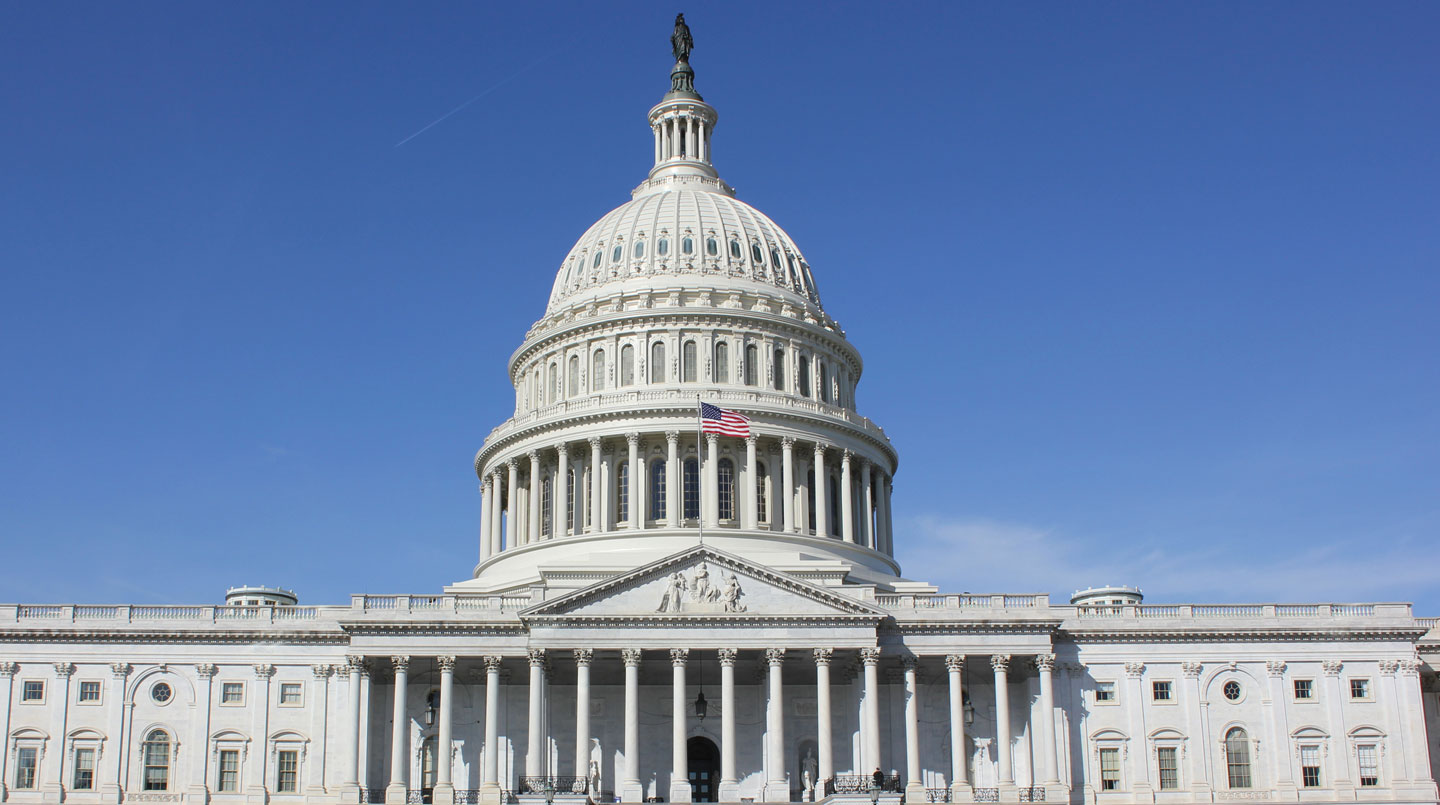Tag: brew post
-
Forty-one governors have given their State of the State addresses so far
Posted on
Welcome to the Thursday, March 28, Brew. By: Andrew Kronaizl Here’s what’s in store for you as you start your day: Forty-one governors have given their State of the State addresses so far On March 7, President Joe Biden (D) gave his annual State of the Union address to Congress. For a video and transcript…
-
19 state legislative incumbents have lost to primary challengers so far, fewer than in 2022
Posted on
Welcome to the Tuesday, March 26, Brew. By: Andrew Kronaizl Here’s what’s in store for you as you start your day: 19 state legislative incumbents have lost to primary challengers so far, fewer than in 2022 So far this year, 19 state legislative incumbents—three Democrats and 16 Republicans—have lost to primary challengers. Across the six…
-
ICYMI: Top stories of the week
Posted on
Each week, we bring you a collection of the most viewed stories from The Daily Brew, condensed. Here are the top stories from the week of March 18-March 22. A rundown of Tuesday’s battleground primary results Illinois and Ohio held their statewide primaries on Tuesday, March 19. The Ohio Republican Party’s central committee censured 22…
-
ICYMI: Top stories of the week
Posted on
Each week, we bring you a collection of the most viewed stories from The Daily Brew, condensed. Here are the top stories from the week of March 4-March 8. California voters approved Proposition 43 22 years ago On March 5, 2002, voters approved California Proposition 43, a constitutional amendment that provided “a voter who casts…
-
ICYMI: Top stories of the week
Posted on
Each week, we bring you a collection of the most viewed stories from The Daily Brew, condensed. Here are the top stories from the week of February 26-March 1. Alabama March Super Tuesday preview Five states are holding primaries for congressional and state offices on March 5: Alabama, Arkansas, California, North Carolina, and Texas. In…
-
ICYMI: Top stories of the week
Posted on
Each week, we bring you a collection of the most viewed stories from The Daily Brew, condensed. Here are the top stories from the week of January 29-February 2. Proposed amendment would return initiative and referendum in Mississippi On Jan. 24, the Mississippi House of Representatives passed a proposed constitutional amendment, House Concurrent Resolution 11,…
-
ICYMI: Top stories of the week
Posted on
Each week, we bring you a collection of the most viewed stories from The Daily Brew, condensed. Here are the top stories from the week of January 15-January 19. Ballotpedia’s new dashboard is your go-to resource for information about police collective bargaining agreements This week, we launched our Police Collective Bargaining Agreements (CBA) Dashboard. This…
-
ICYMI: Top stories of the week
Posted on
Welcome to the first Weekly Brew of 2024! We hope you had a wonderful holiday season. Each week, we bring you a collection of the most viewed stories from The Daily Brew, condensed. Here are the top stories from the week of January 2-January 5. The minimum wage will increase an average of $.86 in…
-
ICYMI: Top stories of the week
Posted on
Season’s greetings! As we wrap up the 12 Days of Ballotpedia, we want to express our heartfelt gratitude for your support. Throughout this time, we have shone a light on various facets of Ballotpedia’s mission and work. We aimed to demonstrate how our work impacts our readers, providing them with accurate and trustworthy information about…
-
Forty members of Congress have announced they will not seek re-election in 2024—more than at this point in previous cycles
Posted on

Between Nov. 15 and Dec. 18, eight U.S. House members announced they will not seek re-election in 2024. The eight House members include six Democrats and two Republicans. Including the announcements above, 40 members of Congress—seven U.S. Senators and 33 House members—have announced they will not seek re-election in 2024. Thirty-six members of Congress had…

